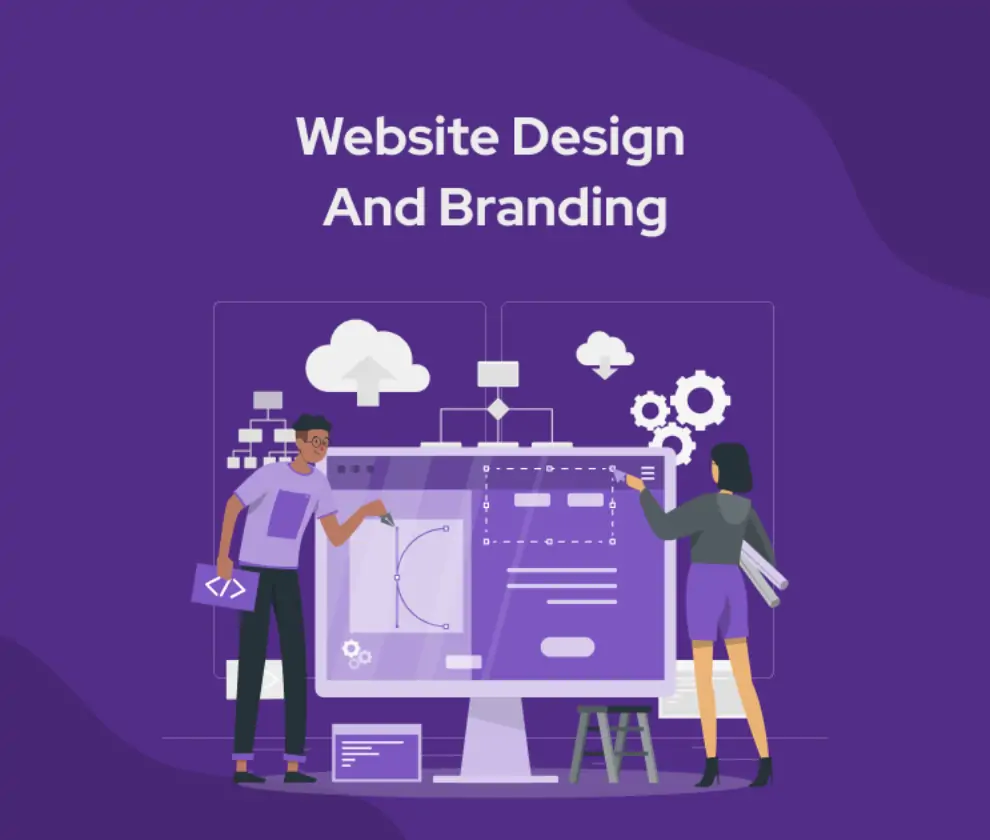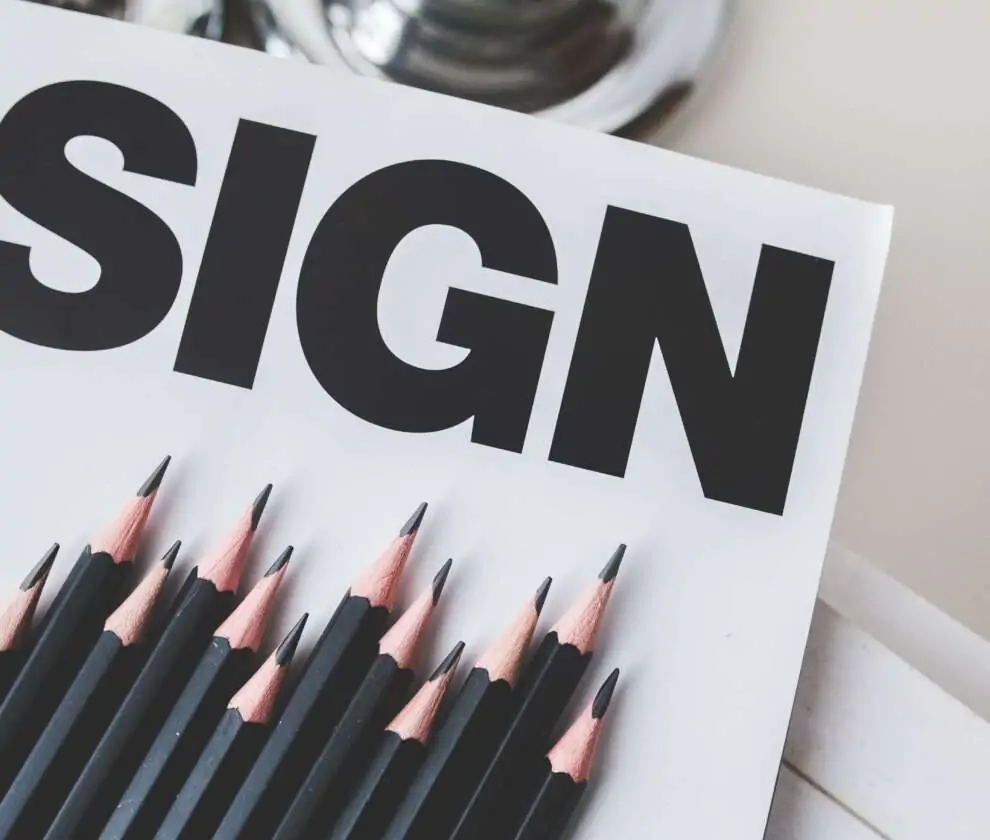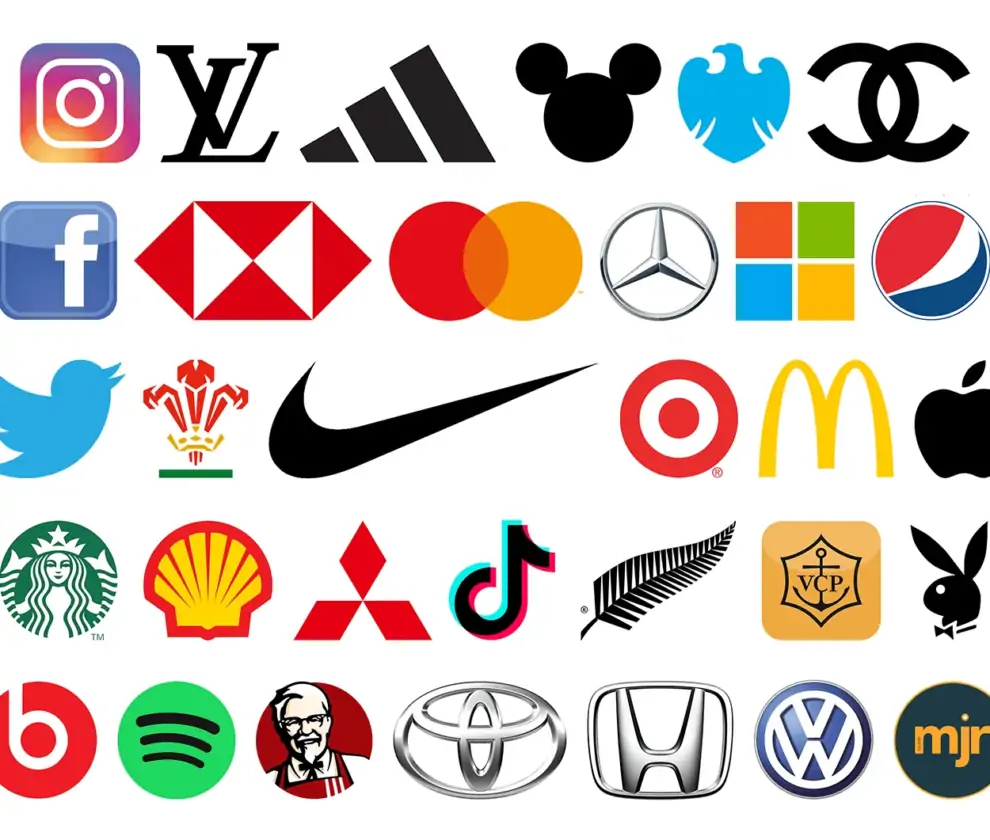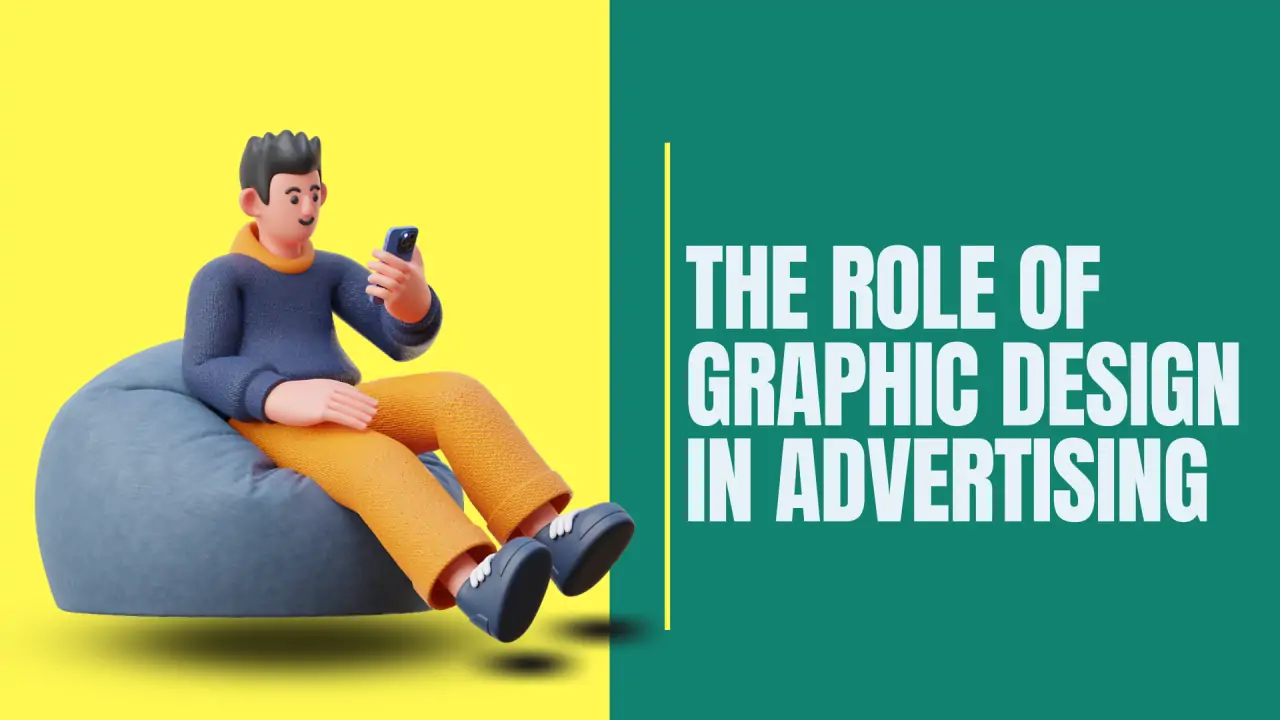
Microsoft Advertising Empowers Advertising Designer
In the dynamic and competitive landscape of advertising, the role of an advertising designer stands as the linchpin, playing a pivotal role in shaping the success of any campaign. These creative professionals specialize in the nuanced art of visual communication, leveraging their skills to not only convey messages effectively but also to captivate and engage target audiences. In this exploration, we delve into the multifaceted responsibilities and crucial contributions of campaign designers to a campaign, uncovering the intricacies of their craft and how tools like Microsoft Advertising serve as a dynamic canvas to amplify their impact.
Understanding the Campaign Objectives:
The journey of an ad designer commences with more than a casual glance at the campaign objectives. It involves an immersive dive into the intricacies of the marketing strategy. Collaborating closely with the marketing team and clients, the designer not only grasps the core message but also navigates through the nuances of the target audience and the desired outcomes. Clear communication at this early stage becomes the bedrock for aligning the design seamlessly with the overarching goals of the campaign.
“In today’s fast-paced, saturated market, ad designers who understand data and can deliver creativity that resonates on both an emotional and analytical level are invaluable.”
– David Droga, co-founder and chairman of Droga5
Research and Audience Analysis:
The foundation of successful advertising design is laid upon a bedrock of in-depth research and audience analysis. Designers embark on a journey to comprehend not just the demographics but the very essence of the target audience. Meticulous research unveils their preferences, behaviors, and aspirations. Armed with this knowledge, designers can craft visuals that not only resonate but deeply connect with the intended audience.

Conceptualizing Creative Ideas:
At the heart of a designer’s role lies the delicate art of conceptualization. It’s not merely about aesthetics; it’s about generating creative concepts that seamlessly align with the campaign’s messaging. Brainstorming sessions become a cauldron of innovation, where ideas not only need to be visually appealing but must also effectively convey the intended message. This phase demands more than creativity; it demands the ability to think innovatively, to transcend the ordinary, and to craft solutions that linger in the minds of the audience.
Visual Identity Development:
With a chosen concept in hand, the advertising artist shifts focus to crafting the visual identity of the campaign. This is not a mere exercise in graphic design; it’s a strategic endeavor. Logos, color schemes, typography – every element is meticulously crafted to contribute to the campaign’s overarching visual narrative. Here, Microsoft Advertising seamlessly integrates with the design process, providing a canvas for designers to bring their visual identity to life across diverse platforms.
Creation of Visual Assets:
The campaign doesn’t come to life until the advertising designer weaves a tapestry of visual assets. From static images for traditional print materials to dynamic visuals tailored for the ever-evolving digital landscape, the designer orchestrates a symphony of visuals. It’s not just about aesthetics; it’s about cohesiveness, adherence to brand guidelines, and, above all, effective communication of key messages. Here, Microsoft Advertising’s versatility becomes a powerful ally, allowing for optimized visuals tailored to each platform and ensuring consistent impact.
Adaptability Across Media:
In an era where an advertising campaign spans diverse channels – from the tactile world of print to the dynamic realm of digital and social media – the designer plays a crucial role in ensuring adaptability across these ever-shifting mediums. Microsoft Advertising, with its seamless integration with various media, becomes the bridge, allowing designers to maintain consistency while leveraging the unique strengths of each channel.
Collaboration with Copywriters:
The collaboration with copywriters is not just a coordination of words and visuals; it’s a harmonious integration. It’s about creating a unified and impactful message where each element complements the other. The advertising campaign designer and the copywriter engage in a creative dance, working hand-in-hand to achieve that delicate equilibrium between text and visuals. Here, Microsoft Advertising’s cohesive platform provides a shared canvas for this collaborative effort.
“ Advertising designers are the storytellers of brands. They have the power to capture attention, ignite emotions, and create lasting memories. ”
– Cindy Gallop, founder of BBH Labs and global advertising legend
Feedback Incorporation:
Iteration and refinement are inherent to the design process. The advertisement designer actively seeks feedback from clients, stakeholders, and team members. It’s not just about receiving feedback; it’s about incorporating it into the design process. This responsive approach ensures that the final design not only meets but exceeds the campaign’s objectives. Microsoft Advertising becomes not just a platform but a dynamic feedback loop, facilitating continuous refinement.
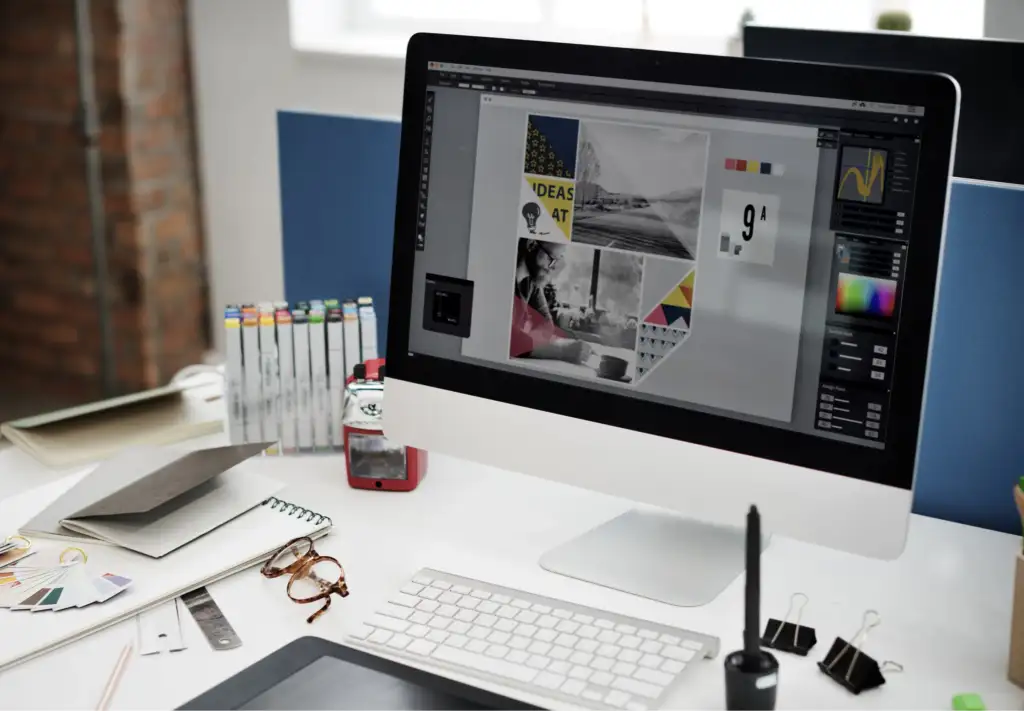
Testing and Optimization:
In the ever-evolving landscape of advertising, stagnation is the enemy of impact. Marketing designers leverage their expertise to test different versions of visual assets. It’s not a shot in the dark; it’s a calculated exploration. Through A/B testing and analytics, designers gain insights into what resonates best with the audience. Microsoft Advertising complements this process, providing insights that become the compass for ongoing optimization throughout the campaign, ensuring maximum impact.
Staying Current with Design Trends:
In an industry where trends shift like dunes in the wind, the commitment to staying abreast of design trends and innovations is not a choice; it’s a necessity. The advertising artist becomes a trend navigator, navigating through the sea of design evolution. Microsoft Advertising, as a platform, aligns seamlessly with this need. It becomes not just a canvas but a dynamic space for designers to infuse modern aesthetics into their work, ensuring that the campaign remains not just visually appealing but resonates with the contemporary pulse.
The advertising designer emerges as an orchestrator in the conception, development, and execution of an advertising campaign. It’s not merely about creating visuals; it’s about crafting an experience that resonates with the audience. Their ability to seamlessly blend creativity with strategic thinking, to comprehend the intricacies of the target audience, and to craft visually compelling assets significantly contributes to the campaign’s overall success. With tools like Microsoft Advertising, designers find more than a platform; they find a dynamic canvas that amplifies their impact, reaching audiences across diverse channels with unparalleled efficiency and efficacy.


